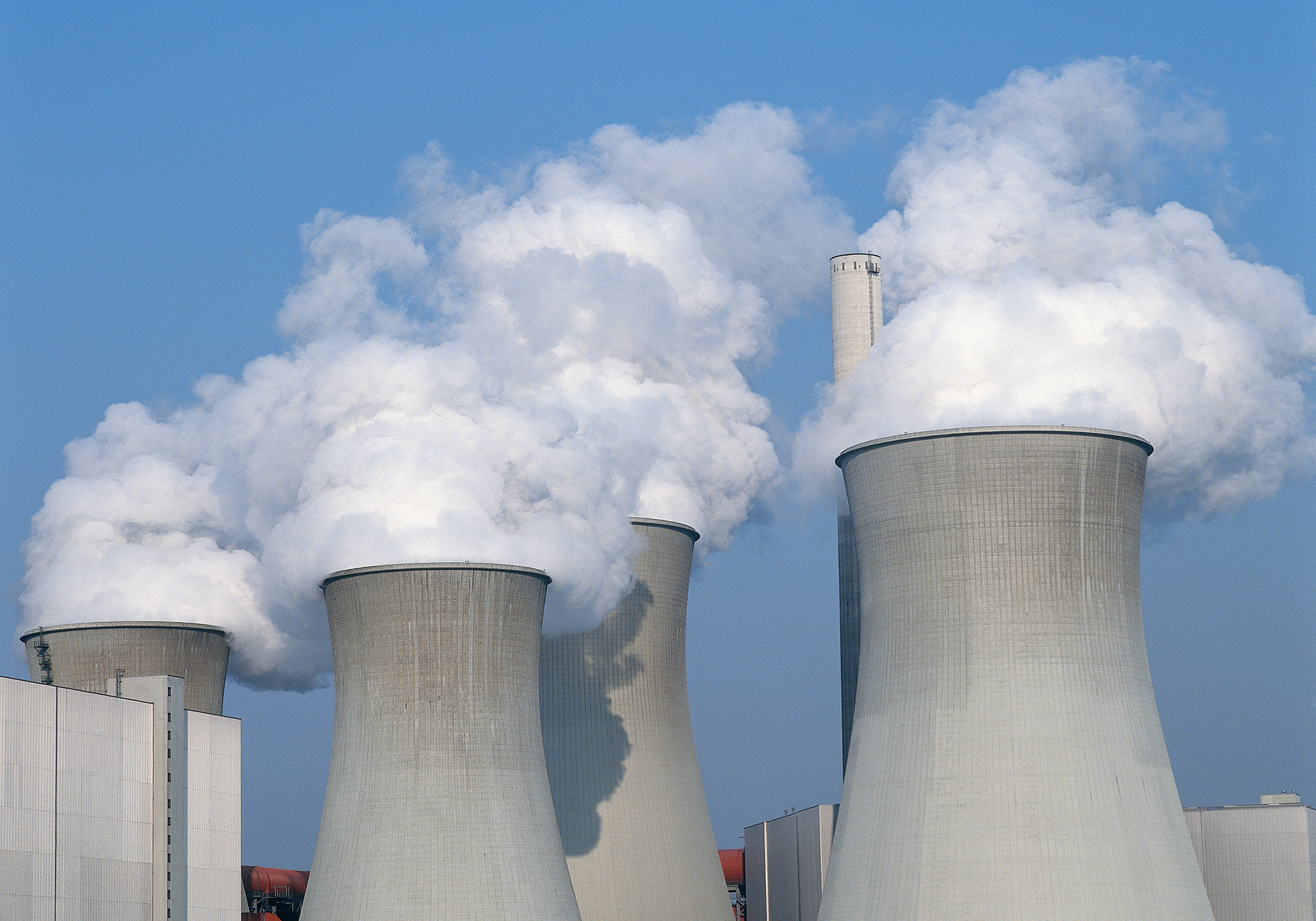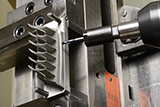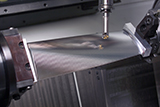
The efficiency of stationary energy generating turbomachines and the CO2-emissions produced by them can be influenced by the design of the blade components which are subjected to high loads. However the surfaces of the complex 3D-geometries of compressors and turbines are subjected to particularly high load due to increases in operating temperature and corrosion. The service life of these components can be prolonged to match the load by the use of high-alloy steel, nickel-based alloys or thermal protective coatings. The Fraunhofer IPT develops adaptive process chains which are capable of producing complex, new parts efficiently and of repairing unavoidable damage sustained by gas turbine blades with complex shapes and which are often made of mono-crystalline nickel-based alloys, thus saving costs over the entire life cycle of the turbine.

